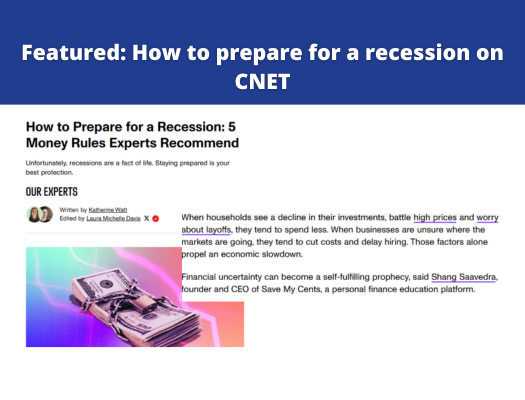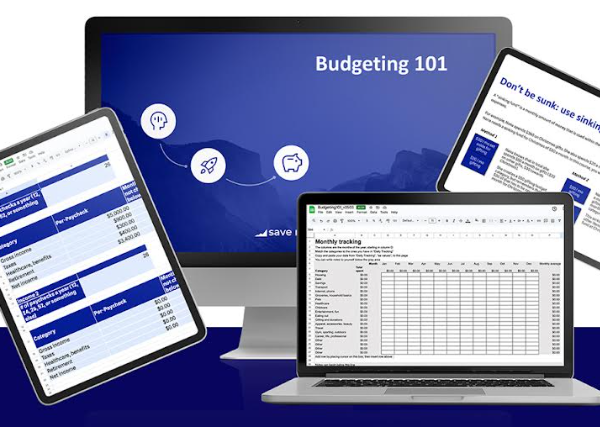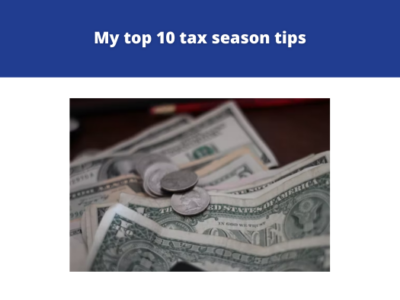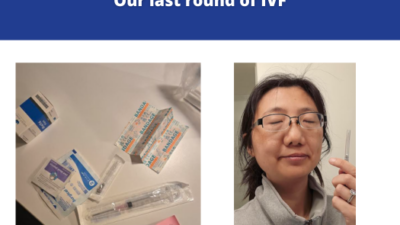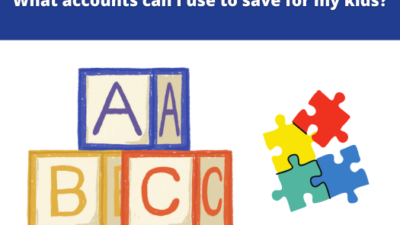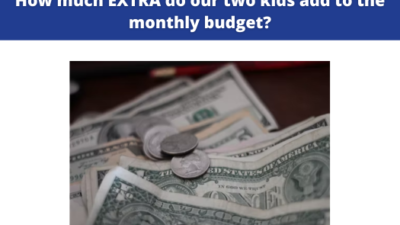Selling clothes is a great way to simplify your closet, earn a little money, and move your way to a capsule wardrobe if you so desire. I’m going to set expectations, teach you the strategy for selling clothes, then how you can actually go about doing it.
Don’t go in it for the money or making massive profits. The only people who make a ton of money are professional resellers. So even if you are selling in season, top tier, brand new, flawless clothing, you may still be looking at recuperating 10-33% of what you paid.
The more time you put into it, the better the return Selling clothes takes time. Since when does making money not take time and work? People want clothes fast, beautiful, and cheap. So to earn more money from selling clothing, it’s the people who take the time to purchase a body form, model it, style it, take photographs in good lighting, and have a pricing strategy, they take in more money.
The basics of retail strategy
Clothing should be in demand or in season. Recent, trendy designs as well as tried and true classics sell the best. Sell winter clothing once it starts to feel cold, and sell summer clothing starting in May. If you’re selling fast fashion, you have a time frame of 2 years before the trend moves on and that clothing has to be donated.
The colors should be in demand. I found that for women, the hardest color to sell is brown. No one wants brown.
Sell in like new or very good condition. People who purchase used have dignity too! If your clothing is damaged, it goes to the trash pile. If it needs a little repair, note it. If you have altered it, note it. Wash it and press the clothing so it looks better in photos.
The more prestigious the brand, the more likely you could get more back. But it has to be a brand that people recognize and want. People who buy used want a good deal. Even if you only wore those Ferragamos once, the problem is, people want a discount. Unless it is brand new with tags in box, that’s about the only time you can get about 90% back. Say you have a bag from Missoni but you sell to a crowd that doesn’t get Missoni, it’s also not going to work. Clothing from Forever 21, Ross stores, H&M should just be donated or swapped, people won’t pay for fast fashion.
Popular sizes sell more quickly than unpopular sizes. The average us clothing size is 12 – 14, but, people who are more affluent tend to be smaller sizes.
Pricing
Think like retailers. Even consignment stores do this. You start first with an above average market price to see if it will sell. Then you slowly lower the price until it meets market price. If you are in a hurry to liquidate then you have to accept selling below market price.
Determine market price. In Ebay there is a way to search for just sold or closed listings. Search for your product or something similar to see the selling prices the auction closed for. That is what the market is willing to pay. That is your true real price. Similarly on Poshmark, you can search for an item and if it is sold you can see what it sold for. So start higher but set your expectations low. If you can’t end up liquidating the product for 10% of its original value then it means no one wants it, and time to donate or trash it.
Ebay’s “sold items” filter on the left hand side

Poshmark’s “Sold” availability filter
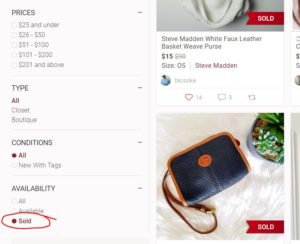
Know how to counter-offer. There are going to be people who will bid on your products. This takes some experience to work with but typically people low ball you on the first try. I often split the difference and send back a counter offer. My strategy in general is that I counter once and then accept the next offer. Unless you are selling a Louboutin or Chanel, you are not going to get people super interested in what you have to buy, so a bird in hand is better than two in the bush. The majority of the time when I rejected offers I never ended up having a same again.
Spend time on creating your listings
Think editorial. You have to show people how to wear something. That’s why photographing on body is always better. No luxury brand ever dangles clothing on a rack to be sold. So if you want to earn more, put your clothes into motion. I often photograph myself wearing clothes front, side, back, while walking, twirling if it’s a dress. I style all my clothes by wearing my best pair of heels. If selling a top, I make sure to match it with a great bottom, and vice versa. Pair it with a designer purse and a great necklace that stands out. You can always blot out your face afterwards when editing. Some people lay down a fake fur rug or add sprigs or other detail to make something look pretty
2 examples of good editorial – well lit, the entire product is showcased, the photograph is interesting
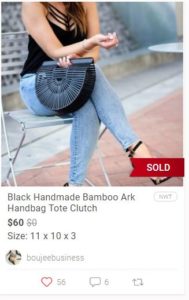
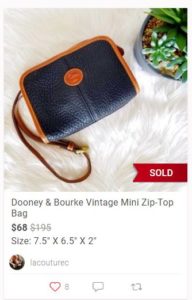
2 examples of bad editorial – you can’t see the product, the lighting and context are poor

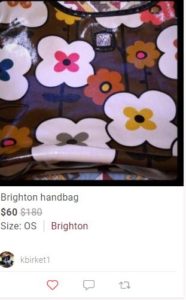
Describe the item. Think of how you shop. You want to know the brand, the name, how it fits. If you are diligent, take screen shots of the item you bought when it was new with the model, and accompany the product when you sell with the original imagery as well as the images of the current product. Share what the product is made of and whether it is lined.
An example listing where I found the original imagery

Show measurements. People don’t know their sizes all the time. I always measure waist, hip, chest, and for pants, inseam, for dresses, the full length. Some people even show the ruler in-picture.
Other tips and tricks
- On Ebay, offer free shipping!!! Just increase your price to cover it. Offer returns. Most people don’t return things.
- Sell when you have time. All the above takes time. Make sure not to sell when you are traveling or can’t get to a post office quickly. Make this a priority or a to do list item and cancel some plans to fit it in.
- Buy supplies in advance. I purchase flexible packaging on eBay and tissue paper to make it look nice. Some. Products you can ship using flat rate ship boxes but those constrain in terms of space.
- I use these poly mailers to mail most clothing items
- If you’re going to buy a LOT of tissue paper, you can buy them on a wholesale site like Papermart. If your quantities are smaller, buy them on sale at Michael’s
- USPS flat rate boxes! They’re free (you can even order them free online) and then you just pay the flat rate shipping. You have to do the calculations – usually this works well for heavier items.
Where to sell, from most return on your money to least
- Sell to friends. If your friends have similar tastes chances are they will buy and you can deliver in person.
- Sell using Facebook marketplace or Craigslist. You have to use very good keywords and keep yourself safe, sell for cash, but they take no fees.
- Sell on eBay. EBay does a lot of the hard work for you with keyword optimization and they take 10% cut, and give you a discount on shipping. More than half my successful clothing sales have come from eBay. I typically list at a price that is market clearing plus some shipping. I do a combo of “buy me now” and “auction” listings, it depends. For things that I’m willing to hold on to for a long time I do “buy me now” with offers accepted. For things I am willing to liquidate quickly I list as auction, with a starting bid that is 50% of market clearing price. Usually auctions move faster but there is a risk of you getting a low ball winner, as you cannot cancel a won auction unless something really bad happened. If I think something isn’t going to sell really well I might delete the listing before it closes. Once the auction closes it is binding, do not pull out afterward!
Special considerations for Poshmark
- Poshmark makes a lot of sense if you know their sharing and following algorithm. Otherwise it can be a huge pain. Poshmark takes 20% because it is a bit more convenient to use as an app. You also need a pricing strategy which I explained above. Google articles for selling on Poshmark.
- Every day, share listings from other people you follow. Typically I share postings of similar designers but not my own size. You will also have to resahre your products once a week so it gets bumped up. It’s very important to start with a higher than average listing price. Then during times when people shop a lot (late night, Wednesdays, Thursday and Sunday evenings have been good to me) you drop the price so it shows up as recently dropped.
- You can also offer private discounts to people who like the product. Some sellers I notice would raise the price again after 24 hrs have passed. Yes, this is a lot of work, which is why Poshmark had gone the way of resellers. It’s more a place for professional consigners and resellers and people with a lot of time. Oh and you get dinged very easily if you don’t ship quickly. You will definitely need access to a printer because the label they give you is what they use to track.
After Poshmark…
- Sell via consignment – consignment stores often take 50% cut of profits. But if you are selling brand new in season items and you pick a store in a neighborhood that has similar demographics as people who wear your stuff, it can be worth it not going through the hassle of selling it yourself
- Donate to a good will or thrift store.. To get a tax receipt, you must know itemized what you’re donating otherwise you are stuck at the desk filling out a form. If anyone knows how to do this well, let me know!
See daily inspiration on Instagram @savemycents


